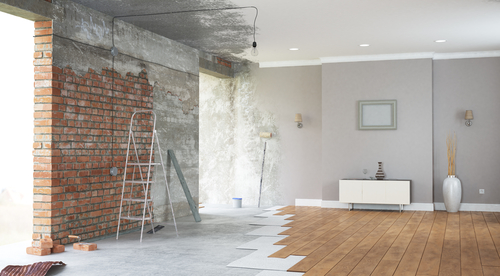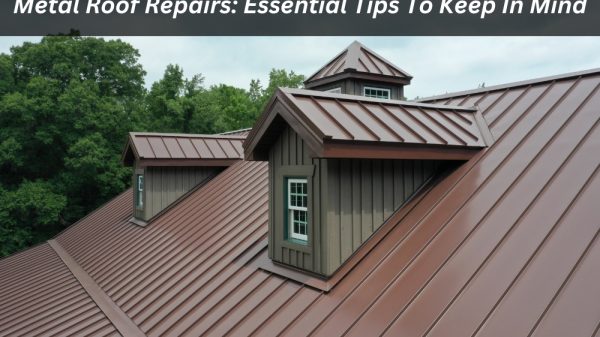Another new product on the rendering market, and one that is gaining in popularity, is acrylic rendering. Acrylic rendering is a form of rendering that involves the use of pre-packaged cement render and acrylic; it is a material that is plastic-based. There are several reasons why cement rendering is an excellent choice for your home. It minimizes the tendency to crack. One issue that is difficult to eliminate in cement rendering is cracking. But actions can be taken to minimise the tendency to crack. The conventional cement render, though durable, only has the strength of regular cement, which can last for a couple of years and then start to crack. The addition of acrylic to regular cement strengthens it and gives the material a bit of flexibility to prevent cracking.
Acrylic rendering uses a render composition similar to cement render. It however includes acrylic, a type of plastic, into its composition. Acrylic rendering is suitable for many internal and external applications including brick, existing render, painted walls and ceilings, balustrades, and polystyrene, cement, and concrete blocks. As with cement rendering, acrylic rendering is available in a wide variety of finishes and colors, so your home is sure to have the ideal combination outside or inside your home.
The acrylic render is considered to be superior to cement rendering as it is more flexible, thus being stronger and have increased durability when small movements occur in the wall. It will also last for a longer period of time as it is highly resistant to water and UV rays. As acrylic render is flexible, it will accommodate for weather changes as it moves with its foundation. Acrylic render can be applied to a greater variety of surfaces than cement render, and it dries quickly, too. Acrylic renders are suitable for timber and fibre cement where cement renders do not stick.
Acrylic render is easy to use, and can be applied with a trowel, roller or sprayer. Two coats of acrylic usually are used, sometimes in two different colours. It also dries much faster than cement render, taking about a week as opposed to six weeks. Moreover, acrylic renders allow the wall or material beneath them to breathe more freely, and can resist growth of bacteria and fungus because of its water resistance.
Cement Render dries solid and can crack if there is movement in the walls, however acrylic render remains flexible and can withstand small movement in the wall. Acrylic render is more durable, lasts longer, can be applied to many different surfaces and is more expensive than traditional cement render. Acrylic rendering is the ultimate in flexibility and allows you to be creative with your finish, such as smooth or textured. It is also the one and only option in some cases, such as on timber, concrete or fibre cement, where cement rendering won’t stick.
Our team at Jims Rendering Sydney carries out acrylic rendering in Sydney. Call us today on 0410 744 307 for a free quote.












